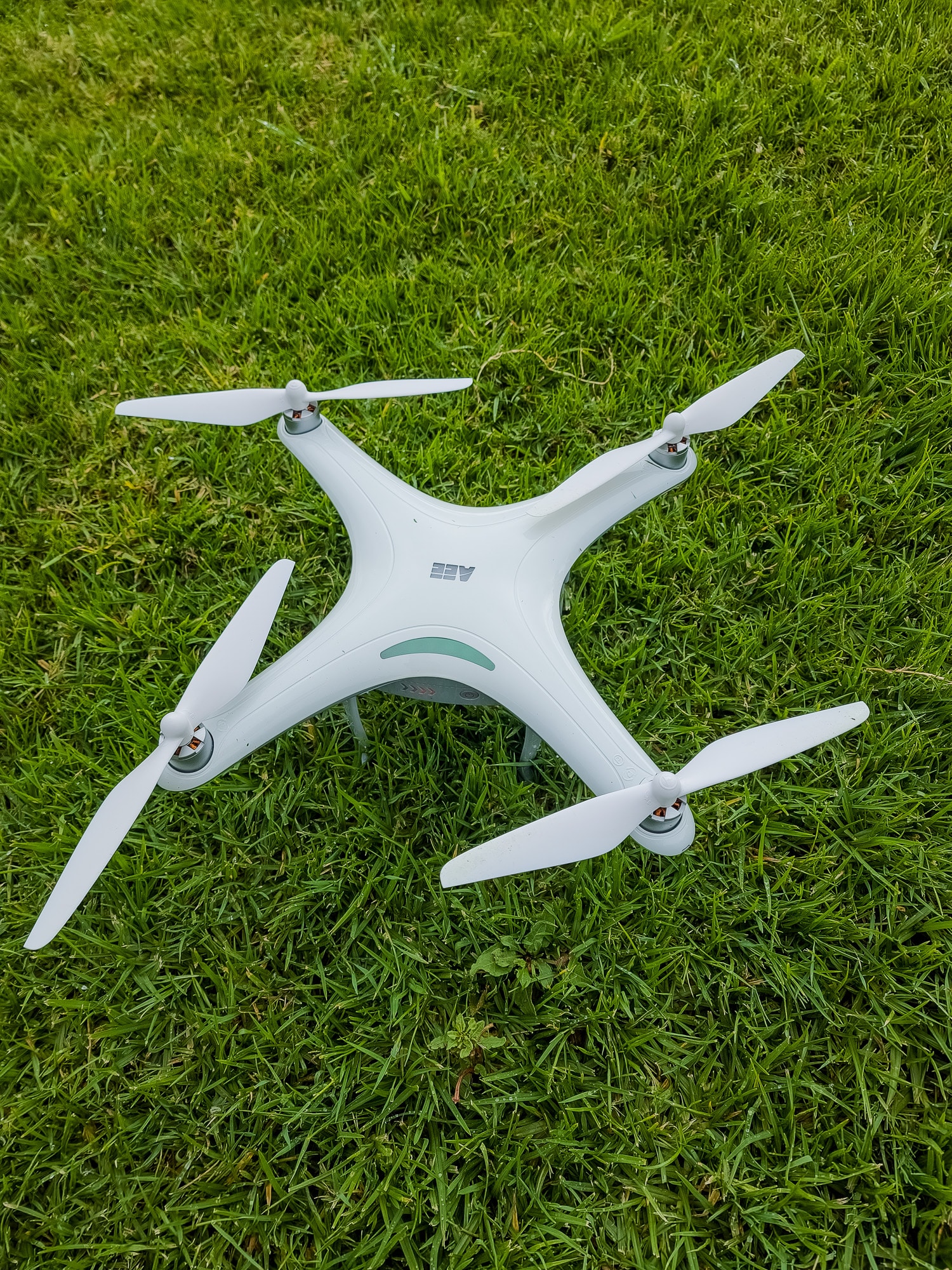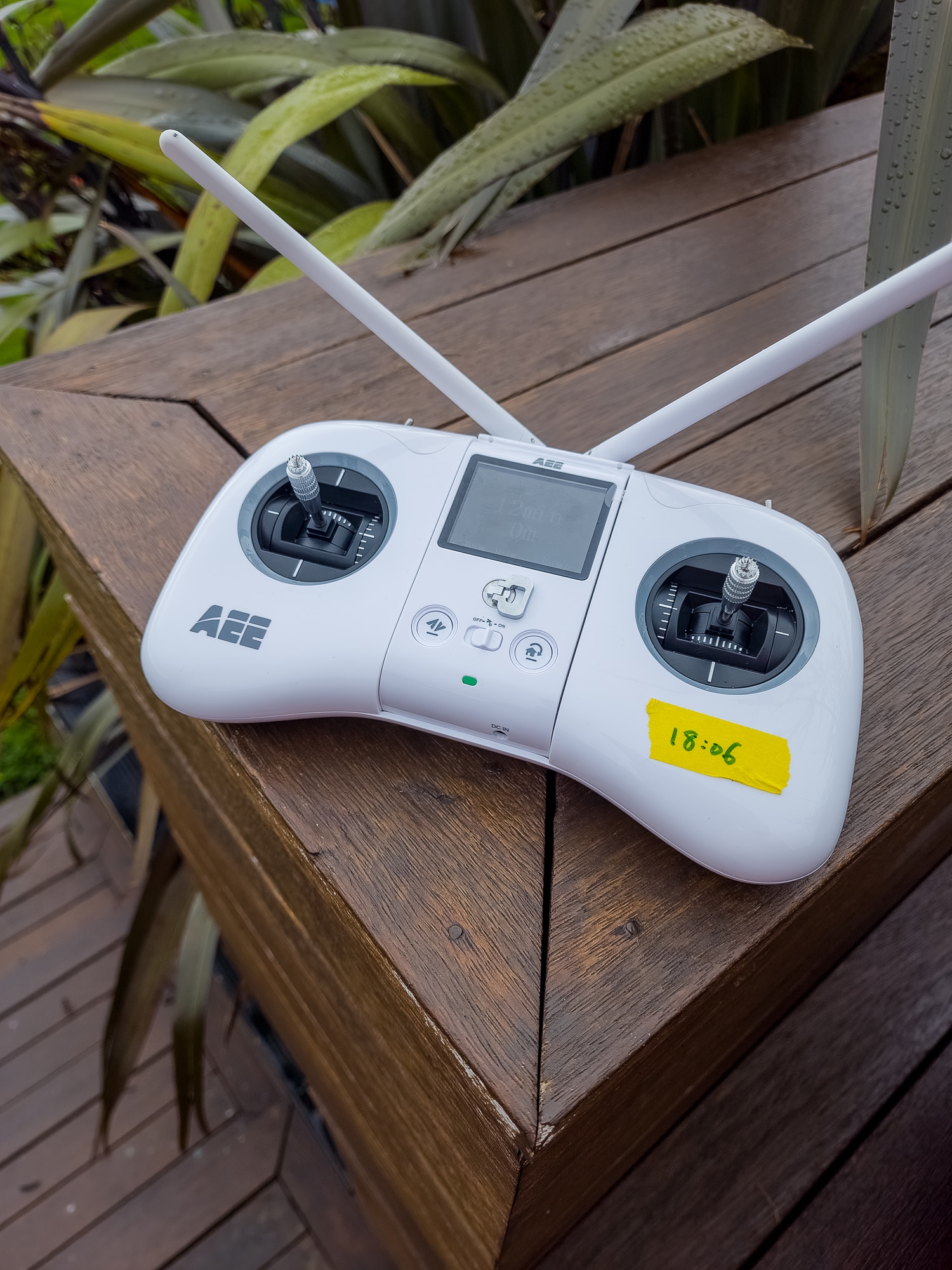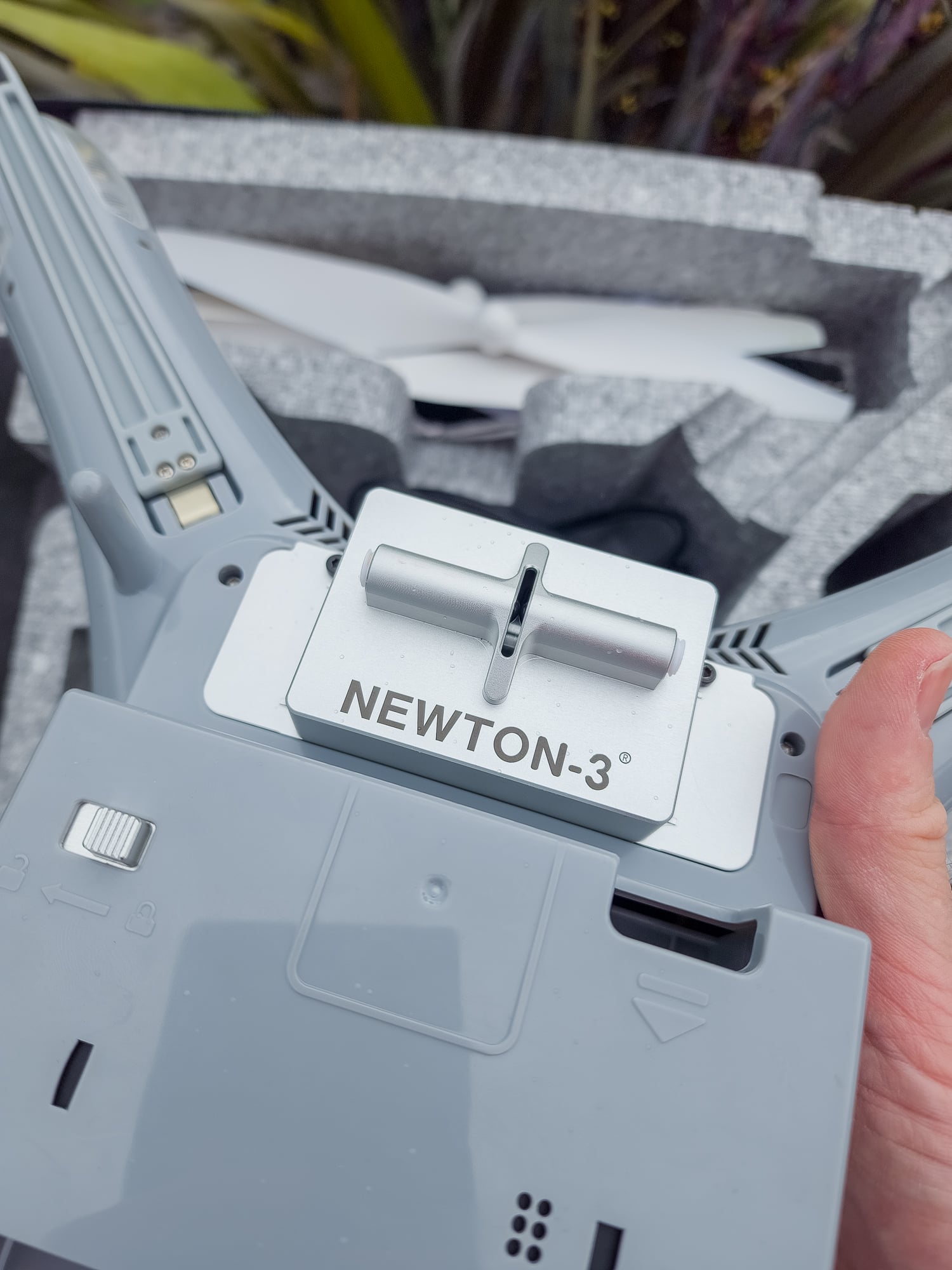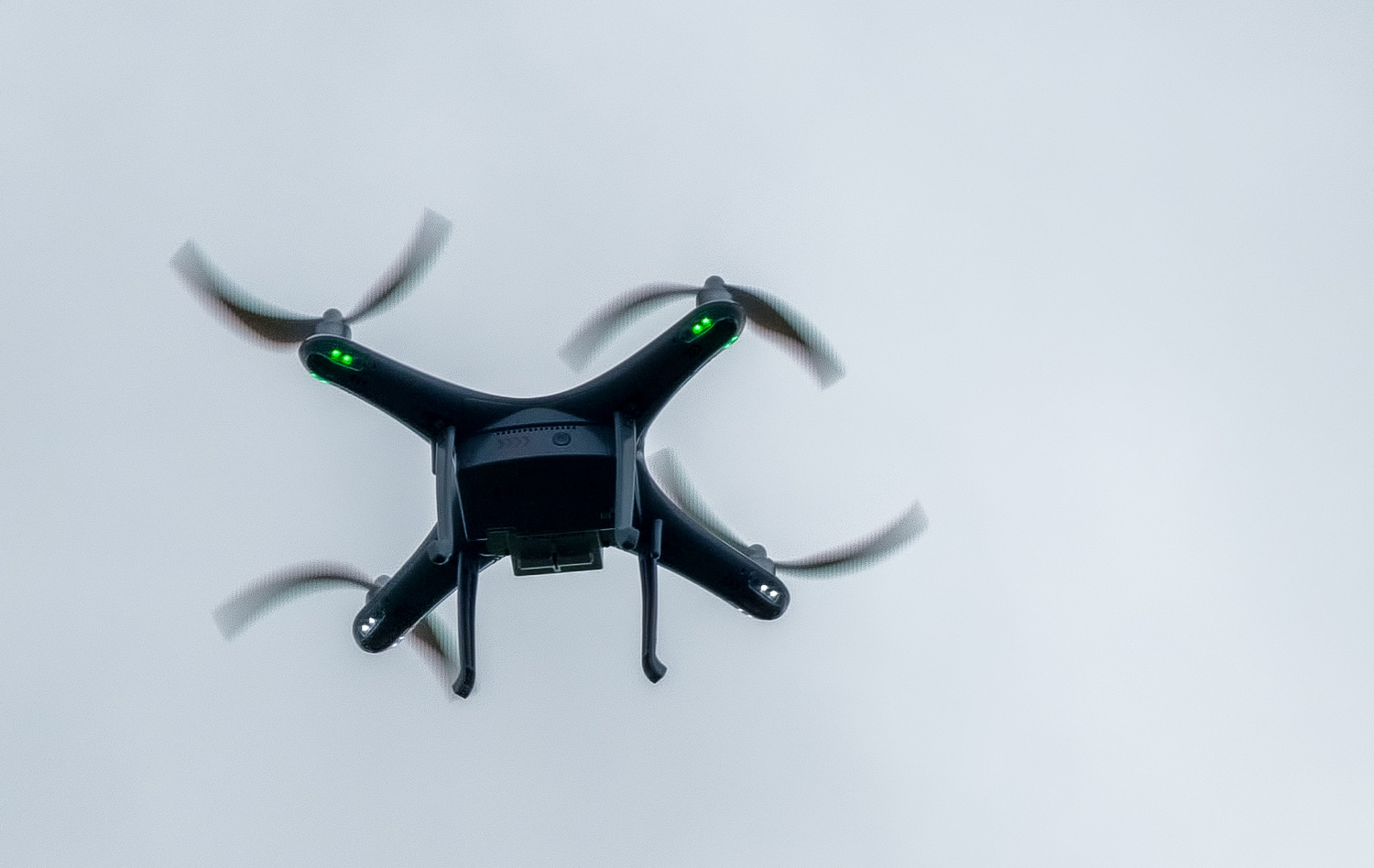The Condor Fisherman is a more economical drone than our existing offerings – and logically, it has a smaller feature set due to it. However, first impressions suggest it still does everything you need it to do, and being ‘simpler’ in nature potentially means fewer issues and potential for problems!

The Key Specs
Recommended Payload
The ‘safe’ payload weight is 450 grams. It will take more, but let’s stay within ‘safe’. 450 grams would be roughly a 5/6 hook setup with a 6 oz (170-gram) sinker. If you want to send out monster baits, then drop back on the amount of hooks you are putting out there.
I do understand the theory that, since you are using a drone, you might as well try and send out a full long line backbone (Nascan do a 12 hook one) – but – remember – one or two decent fish on this rig, and it’s time to bring it back in anyhow.
That being said, from my personal experience, I would advise against overly complex backbones. Sure, you might pull out a drone from its cosy travel case to hook a dozen fish, but let’s face it—it gets quite challenging when you consider the drone’s battery life and the weight it can handle.
Drone fishing, after all, is meant to extend your enjoyment, not create more hassles!

Interface and Controls
The Condor Fisherman A22 has an intuitive interface, which I believe you’ll appreciate. It’s pretty user-friendly and doesn’t take an age to understand. You’ll find it easy to use even if you’re a novice drone user.
Height and Distance
Something I like about this drone is that it is Geofenced to 100 meters high and 1000 meters out – hit this distance (intentionally or in error), and the unit will drop Auto Return to base. In addition, it will get out there at 57 km/h.
Legally, you can’t fly a drone higher than 100 meters anyhow, and I often wonder if you even need to go out 1k. The fish aren’t necessarily there. They are probably lurking just out the back of the breakers anyhow. You know, where their food is probably. Also, remember that most reels don’t have that much line on them.
With a maximum (recommended) operating wind speed of 15 Knots, overall, this unit is ‘lesser’ spec’ed than some others out there – but – if you need a 3kg payload that can go out a couple of kilometres – then – good for you – there are bigger drones available.
For most of us, this is more than capable – and – if you want to keep it simple – a 2 hook rig, basically the same as your normal surfcasting rig, with your surfcasting rod – could provide a really simple entry into drone fishing – essentially just using that drone to place your ‘casts’ a little further out than you normally could.
Payload Release
There A22 has the Newton 3 Release – this is a remotely releasable payload drop with a very cool feature in that it also remains a manual release. The tension release of the Netwon 3 is 1.1 kg. So – if, for some reason, your reel locks up or runs out of line and the drone keeps going – the line will likely release – unlike some other payload releases – that won’t – and you risk snapping a line, which can then lead to a prop entanglement, or, the drone itself getting damaged due to the sudden ‘snap’ and breaking forces applied to it.

Setting Up and Getting Started with the Condor Fisherman A22 Fishing Drone
Setting up the drone was simple enough.
Unpack, open up the legs, put on the props (2 clockwise, 2 counter – read the instructions!), and turn on the drone and the remote.
The remote goes into a ‘warmup’ phase, connecting to the drone and locating some satellites. I like this feature. I think it’s important to actually ‘force’ excited fishermen to slow down and wait for the units to talk to each other properly and get adequate GPS connections. I have seen more than one drone come to an untimely end due to the setup not being done right. Often due to a rush either through excitement or, in one case – ‘the mozis’ were biting my legs!’.
Talking of the calibration – on this unit – there is just one—the internal compass.
Hold down the left stick, press the ‘home’ button ten times, and you go into calibration mode. This involves turning the drone around in a circle, then tipping it forward and repeating. The lights tell you when it’s done.
Less calibration is a good thing. Again – seen a few drones come a cropper (I had issues myself) when the calibration doesn’t seem to stick correctly. More ‘powerful’ drones – with finicky setup requirements are an issue regarding human factors.
While the recommendation is to re-do the calibration when you move the drone around significantly – I would suggest just doing it each time. If you don’t, you may end up with the ‘fishbowling’ issues where the drone gets into the air and then does slow circles.
In Use
I just wanted a quick few runs with the drone to test the basic functionality. Testing was pretty simple – take off – fly out in a few directions, and hit the return to the home button. I did this around five times. It came back without issue each time. Simple. Easy!
I did note that if you were already a little lower in altitude, the drone would lift into the air first, then head back towards you. Once I realised this was by design, it made sense – it goes up to clear any obstacles, then heads over to where it should be and comes slowly back down.
The drone was responsive and did exactly what I wanted and expected it to do.
Next time, I will do it with some fishing tackle attached to it!

In Summary
This was a quick and simple test, and the drone performed perfectly!



